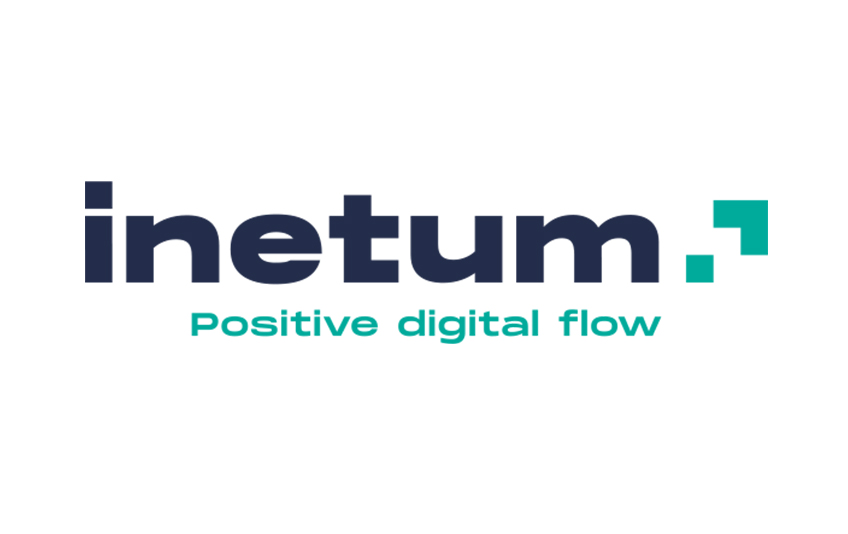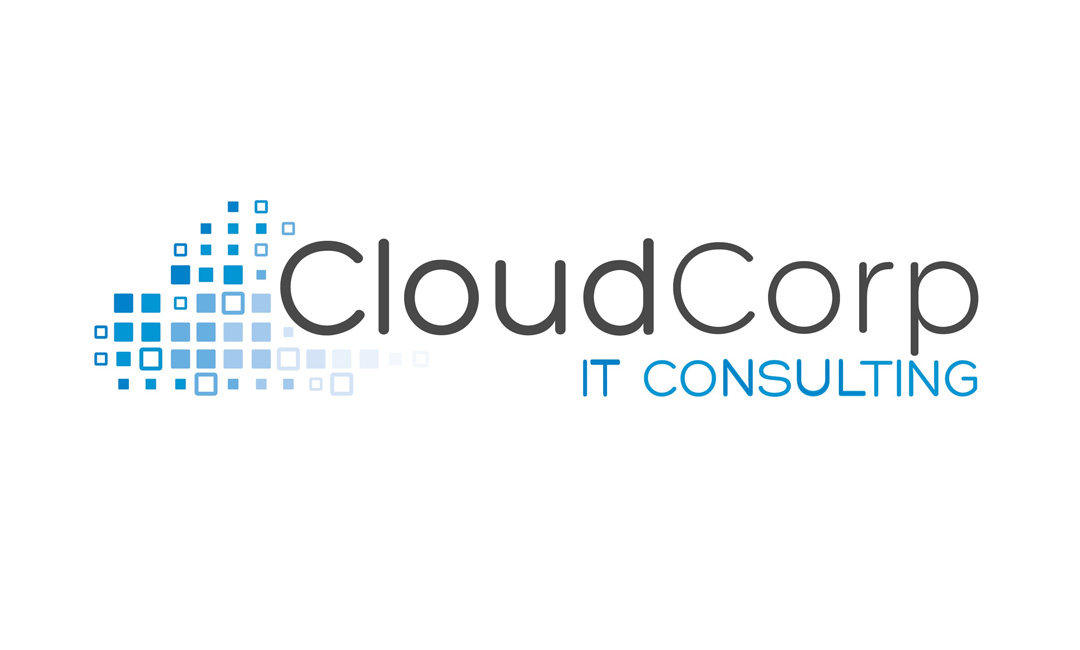
by Rebeca | Aug 28, 2020 | Partner
Inetum is the technology consultant specialized in the provision of digital solutions and value-added services for the Digital Transformation of companies and Public Administrations, through technological innovation. Inetum focuses its experience, talent and sectoral knowledge in the development of comprehensive proposals for its end customers. Inetum is actively working with Soffid with clients throughout the Spanish territory.
For more information about the company, please visit: https://inetum.com.es/

by Rebeca | Aug 28, 2020 | Partner
Brújula is actively managing several identity management projects with Soffid.
Brújula is a company based in Palma de Mallorca, with a global team of more than 150 people currently distributed between the headquarters in Palma, the office in Granada and the subsidiary in Santiago, Chile. Brújula is a company that likes to focus on the business of its customers. Brújula provides knowledge of sectors and products to provide information systems and technologies to achieve customer objectives.
For more information, please visit: www.brujula.es

by Rebeca | Aug 28, 2020 | Partner
CloudCorp IT Consulting, is an IT consulting, managed services from the cloud, provision of videoconferencing solutions, IP telephony, call center and information security solutions. It is an organization made up of professionals who have more than 30 years of experience in the management of technological projects developed in institutions of different industries such as; Financial, Insurance, Telecommunications among other organizations. We have leading partners in the different technologies of the market, we have a culture of commitment fulfillment, satisfied customers and we want to be legendary for the quality of the services we deliver. Our operation and all our behaviors are based on the needs of the client and the permanent search for excellence.
More info here

by Rebeca | Aug 1, 2020 | Partner
Debug IT Is an Argentine company founded and directed by IT professionals specialized in the design and implementation of solutions for information security, aligned to the business needs of the region with the aim of maximizing the benefits for the investment made thanks to the value provided by our professionals.
DebugIT, headquartered in Argentina, offers services to both companies and solution integrators inside and outside the country.
Web: www.debugit.com.ar

by Rebeca | Jul 5, 2020 | Partner






